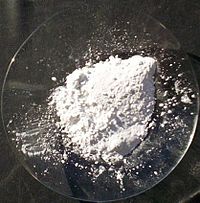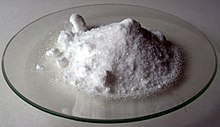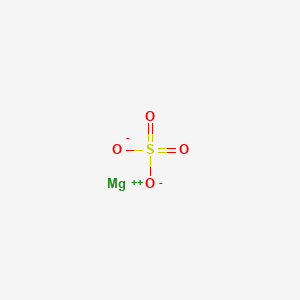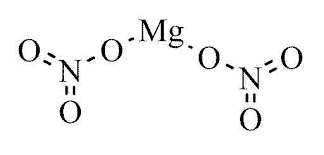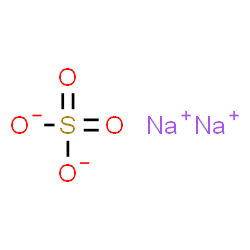Search equation
Please enter the reactant or product to start the search
2NaNO3 + MgSO4 → Mg(NO3)2 + Na2SO4 | Phương Trình Phản Ứng Hóa Học
NaNO3 | sodium nitrate | solid + MgSO4 | magnesium sulfate | solid = Mg(NO3)2 | | solid + Na2SO4 | sodium sulfate | solid | Temperature: temperature, Other Condition excess chlorine
Introduce
Detailed information about the equation
Reaction conditions when applied NaNO3 + MgSO4
- Catalyst: not available
- Temperature: normal
- Pressure: normal
- Other conditions: not available
Reaction process NaNO3 + MgSO4
Process: Add a few drops of magnesium sulfate solution to a test tube containing 1 ml of sodium nitrate solution, shake slightly.
Note: The ion exchange reaction in an electrolyte solution only takes place when ions combine together to form at least one of the following: precipitates, weak electrolytes, gases. This reaction does not satisfy the above conditions, so does not occur.
The result of the reaction NaNO3 + MgSO4
The phenomenon: This reaction does not occur
Detailed information on the reactants
Information about NaNO3 (sodium nitrate)
- Atomic weight: 84.9947
- Color: bột trắng hay tinh thể không màu có vị ngọt
- Status: chất rắn
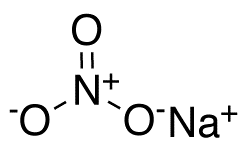
Information about MgSO4 (magnesium sulfate)
Detailed information about the products of the reaction
Information about Mg(NO3)2
Information about Na2SO4 (sodium sulfate)
Total rating:
Rating: / 5 star
The equations for preparation NaNO3
Catalyst
normal
Temperature
normal
Pressure
normal
Other conditions
normal
Catalyst
normal
Temperature
temperature
Pressure
normal
Other conditions
normal
Catalyst
normal
Temperature
normal
Pressure
normal
Other conditions
normal
The equations for preparation MgSO4
Catalyst
normal
Temperature
normal
Pressure
normal
Other conditions
normal
Catalyst
normal
Temperature
normal
Pressure
normal
Other conditions
normal
Catalyst
normal
Temperature
normal
Pressure
normal
Other conditions
normal
Interesting facts about chemistry you may not know
Interesting facts about hydrogen - the lightest element in the periodic table.
Hydrogen is the first element in the periodic system table. Hydrogen is known to be the lightest of all, the most abundant in the Universe, the essential element for life
View moreInteresting facts about helium
Helium is the first rare gas element in the periodic system table. In the Universe, it ranks second in abundance after elemental hydrogen.
View moreInteresting facts about lithium
Lithium is the alkali metal element, located in the third cell in the periodic table system. Lithium is the lightest of all solid metals and can cut a knife.
View moreInteresting Facts About Beryllium
Beryllium is the lightest alkaline earth metal. Beryllium is found in precious stones such as emeralds and aquamarine. Beryllium and its compounds are both carcinogenic.
View moreInteresting Facts About Carbon
Carbon is the non-metallic element in the sixth cell in the periodic system table. Carbon is one of the most important elements in all life, it is also known as the back.
View more